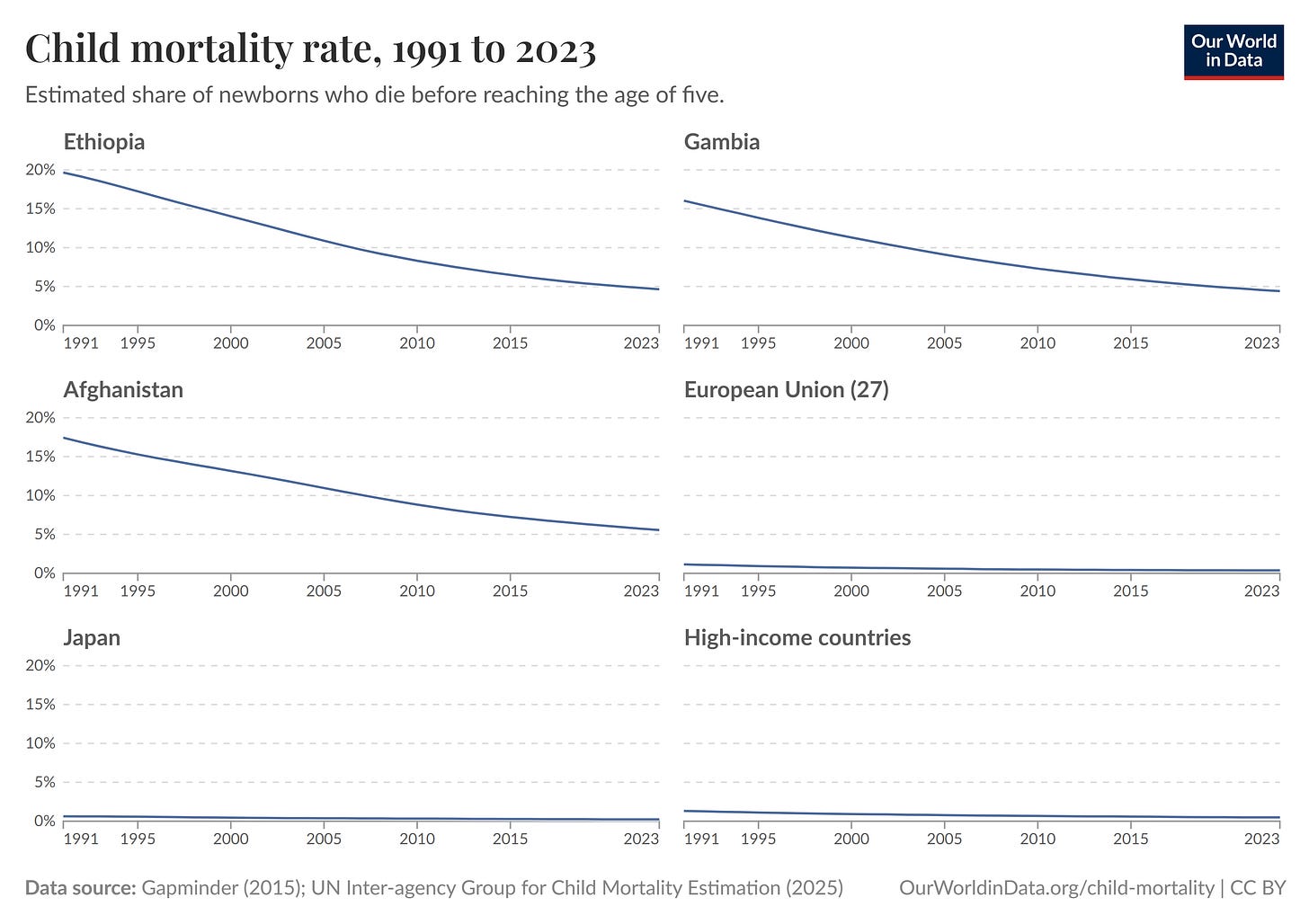Hey everyone,
I went fishing with the handmade fly rod. Good news, it works as well as a store bought rod. I am desperately trying to live my life like John Gierach and become a trout bum. I did not catch a steelhead but I am headed again out tomorrow to see if my fortunes change. However I learned a potentially helpful life lesson on the river Monday. Standing in the river, water swirling slightly over my waist, I saw something moving deliberately upstream towards me. My mind cycled through possibilities – a beaver? No, it was too fluffy, maybe a dead porcupine, because they can’t swim, right? As it drew closer I could tell it was a very much alive porcupine! And it was swimming right for me. Thankfully, at the last second, it seemed to decipher I wasn’t a tree or a rock above the water and veered off, saving my waders and avoiding a truly prickly, potentially hospital-inducing encounter.
This has been a spring of chasing hard to catch fish (steelhead) and hard to hunt birds (turkey). Currently 0-2 but maybe this weekend that changes! Also if you’ve been caught up in Timberwolves Playoff euphoria, you may have failed to notice that the Twins are 10 and 5 in their last 15 11 and 5 in their last 16 games and are starting to look much more like the team folks thought they could be at the start of the season.





Housing Supply & Shifting Beliefs
So we have ragged on NIMBY’s a bit and that is fine, fairly low hanging fruit at this point. But the tide is changing that folks are agreeing across political spectrum and the country that we need more housing. Both market rate and affordable.
This week, I've been diving into a topic that feels increasingly urgent and relevant to communities across the country: the growing consensus that we desperately need more housing, and that solving the affordability crisis requires a multi-pronged approach involving both the government and the private sector.
For years, discussions around housing felt fractured, often pitting different approaches against each other. But recent reports and research indicate a significant shift. A study from the Center for American Progress highlights that Americans across the political spectrum recognize the severity of the housing affordability crisis and, importantly, support policies aimed at building more homes. This isn't just a niche issue for policy wonks anymore; it's a kitchen-table conversation, and people understand that simply restricting growth isn't the answer.


While making it easier for private developers to build – addressing zoning issues, speeding up permitting, and reducing construction costs – is a crucial part of the solution, it's becoming clear that the private market alone, especially the "filtering" process where older homes theoretically become available to lower-income families over time, isn't keeping pace with the demand or adequately serving all needs. Research, like discussions happening around national housing policy at institutions like Harvard, underscores the necessary role of government intervention and investment to tackle the crisis comprehensively. This can include direct subsidies, incentives for affordable housing, investments in infrastructure, and programs that support first-time homebuyers and renters.
A Look at Social Housing: A Tool, Not a Silver Bullet
In this broader conversation about the mix of solutions needed, "social housing" is gaining more attention in the U.S. context. Drawing inspiration from models in other countries, a new vision for social housing in America proposes a system where housing is delinked from market speculation and kept affordable long-term, often owned and managed by non-profits, cooperatives, or public entities. The principles often include resident control, community integration, and permanent affordability.
It's seen by many as a promising tool to provide stable, affordable homes for a range of income levels, not just the lowest. It can potentially revitalize existing public housing stock and create new developments focused on community benefit rather than solely on profit.
However, it's important to view social housing as a crucial tool within a larger toolkit, rather than the single solution. As research into housing markets shows, dynamics like "filtering" – the process by which housing depreciates and potentially becomes available to lower-income occupants over time – vary significantly depending on location and market conditions. Different types of government intervention, such as tenant-based voucher programs versus subsidized construction (like the Low Income Housing Tax Credit program), have different impacts depending on whether filtering is robust or slow in a given area.
Social housing is part of the necessary mix, especially in markets where filtering is weakest or private development alone cannot meet affordability needs. But solving the housing crisis will require simultaneously addressing zoning reform, construction costs, market-based subsidies, and targeted public investments alongside exploring and implementing social housing models. It's a vital piece, but not a silver bullet that negates the need for other strategies.
Neighbors For More Neighbors
I’m interested in starting a local group of folks that are pro housing and pro more neighbors. I’m not certain what this group will fully look like but I think part of it is advocating for smart development or sharing and consumption of information on development, pro housing, pro neighborhood that collectively elevates the local IQ and thought when it comes to how we move our community. If you’re interested email or let me know! (thanks to those that have already responded!)
Factfulness
While significant progress in reducing child mortality in low-income countries over the past 30 years is widely acknowledged – with rates plummeting dramatically in places like Ethiopia, The Gambia, and Afghanistan – less discussed is the equally impressive, albeit different, progress made in rich countries. Though the absolute number of child deaths was already low in wealthy nations by 1990, countries in the EU, Japan, and others have managed to more than halve their child mortality rates relatively in the last three decades. This substantial reduction means children are significantly safer now than they were just a generation ago, a vital achievement often overlooked because the low initial numbers make the absolute decline appear less dramatic compared to countries starting with much higher rates.
However, despite this remarkable progress, child mortality in rich countries is far from being a "solved problem." Tens of thousands of children still die each year in countries like the United States – a number exceeding deaths from many widely publicized issues.
What I'm Listening, Reading, Watching
Listening Born to Run by Bruce Springsteen. Reconnecting with
my favoritethe greatest American musician through a classic album. Pure energy and storytelling.Reading The Undoing Project by Michael Lewis. Fascinating look at the friendship and work of psychologists Daniel Kahneman and Amos Tversky and their groundbreaking research on decision-making.
Watching Oklahoma City Bombing documentary on Netflix. A powerful and somber look back at a tragic event in American history. Definitely worth your time- I was homeschooled for a bit and this part of American history was fairly soft peddled. I learned a lot and given this is the 25th year anniversary good time for a refresher.
Thanks for reading, and always reach out share what you’re reading/watching/listening too.






